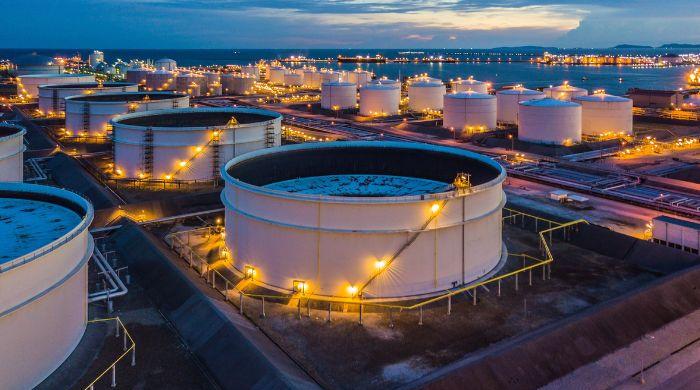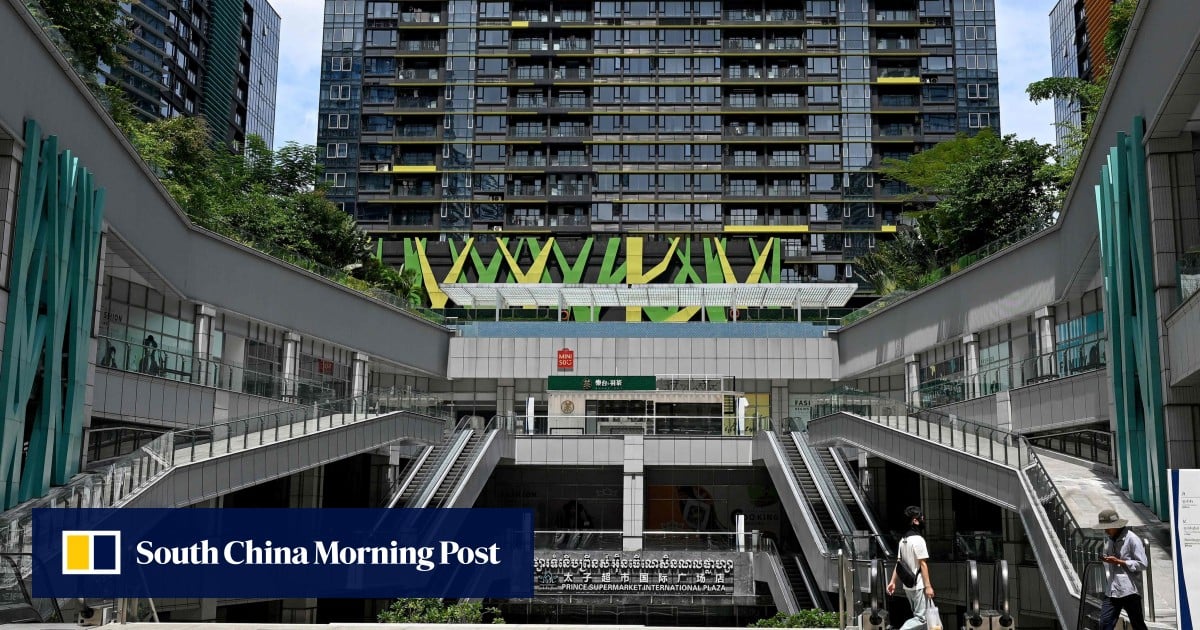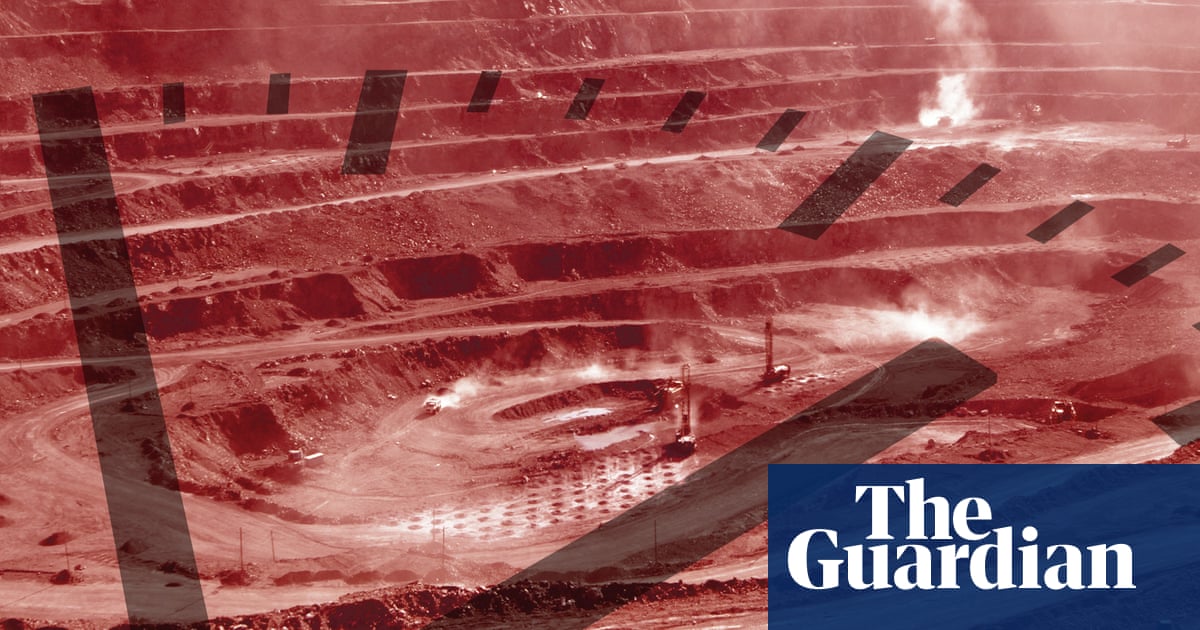Pakistan Faces LNG Crisis: Can Qatar Save Them from Oversupply Disaster?

Imagine having an abundance of something so essential, yet struggling to offload it at any price. That's the precarious situation Pakistan finds itself in, as it turns to Qatar for help in diverting 24 upcoming LNG cargoes to the global market by 2026. This urgent plea stems from a staggering oversupply of liquefied natural gas (LNG) and a sharp decline in domestic demand.
The issue has escalated due to financial strains and pressures on Pakistan’s gas transmission system. Officials from the Petroleum Division are currently ironing out the details of this proposal, which they aim to finalize by the end of October. The request hinges on the net proceed differential (NPD) clause included in Pakistan’s long-term LNG contracts with Qatar, allowing for the resale of excess cargoes. However, the financial relief is minimal; any profits from international sales will sit with Qatar, while Pakistan risks absorbing losses if the spot market price falls below contract rates.
In contrast, Pakistan’s deal with the Italian energy giant ENI has a more favorable NPD clause, permitting profit-sharing. This has led Pakistan to successfully divert one ENI cargo every month to the international market throughout 2025 and into the following year, save for January.
Currently, Pakistan imports nine LNG cargoes from Qatar each month, split between two contracts—one lasting 15 years at a rate of 13.37% of Brent crude and another for ten years priced at 10.2% of Brent. Both agreements are tied to rigid “Take-or-Pay” terms, meaning that Pakistan is obligated to pay for the gas whether or not they consume it. Initially, these imports were intended to supply four RLNG-based power plants in Punjab, but those plants are now functioning at significantly reduced capacities due to a major drop in demand.
With an excess of 35 LNG cargoes anticipated this year, including 11 from ENI, the situation has created serious operational challenges. The RLNG pipeline system is grappling with overaccumulation of gas, with pressure levels spiking past the 5 billion cubic feet (bcf) safety threshold, raising alarms about potential system failures.
In response, authorities have shut down domestic gas fields that typically produce between 270 and 400 million cubic feet per day (mmcfd). However, this strategy carries risks as some wells may sustain permanent damage, and these shutdowns are already impacting the production of crude oil and liquefied petroleum gas (LPG).
Attock Refinery Limited has voiced concerns to the Petroleum Division regarding a decline in crude oil supply, which is hampering its operational capabilities. The RLNG demand collapse has hit hard, particularly in the power and export sectors. As of mid-October, the power sector was consuming only 486 mmcfd—far below the 800 mmcfd they had committed to. Meanwhile, export-oriented industries have slashed their RLNG usage from 350 mmcfd to a mere 100 mmcfd, largely due to soaring RLNG prices currently hovering around Rs3,500 per MMBtu, plus an additional levy of Rs570 per MMBtu.
The four major RLNG-based power plants—Haveli Bahadur Shah, Balloki, Bhikki, and Trimmu—were initially designed to run as “must-run” units with a 66% take-or-pay obligation. However, in 2020, the Economic Coordination Committee (ECC) approved a change that reduced this obligation to 50%. As a result, the plants are now operating under the Economic Merit Order, prioritizing the cheapest power sources, which has made RLNG less competitive.
This dramatic shift in energy dispatch has created a financial nightmare for the Petroleum Division and state-run Pakistan State Oil (PSO), tasked with managing LNG imports. In the next fiscal year alone, the government has been compelled to reroute RLNG worth Rs242 billion to the domestic sector just to manage the overwhelming supply.


























